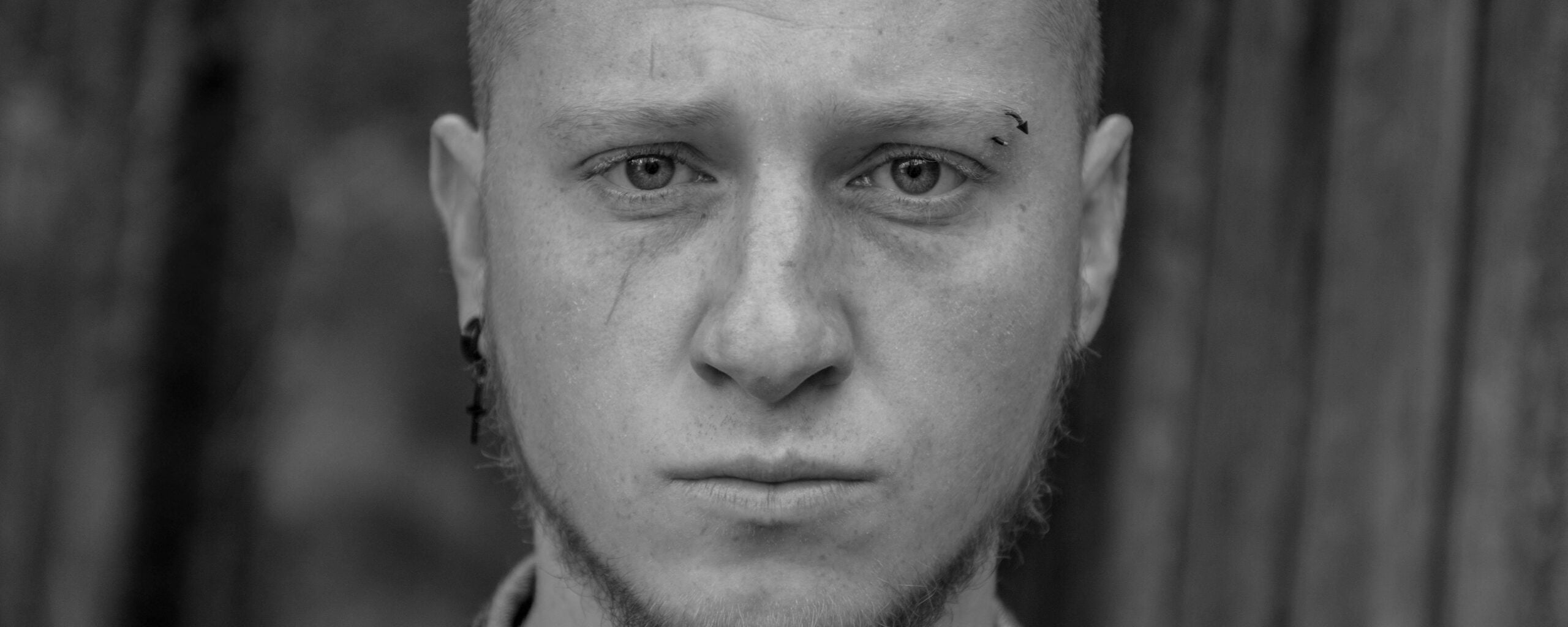Are you tired of battling with stubborn acne scars that refuse to fade away? Look no further! In this enlightening article, we will peel back the layers to unravel the true causes of acne scars. As a seasoned dermatologist with over a decade of experience in the field, I have dedicated my career to understanding and treating various skin conditions, with a particular focus on acne scars. With my extensive knowledge and passion for patient education, I will guide you through the intricate web of factors contributing to acne scars and equip you with valuable insights on preventive measures and effective treatment options. Get ready to unmask the secrets behind acne scars and embark on a journey towards clearer and healthier-looking skin!

Causes of Acne Scars
As a dermatologist with years of experience researching and treating various skin conditions, I have encountered numerous patients who struggle with the aftermath of acne in the form of scars. Acne scars can have a significant impact on one’s self-esteem and confidence. In this article, we will delve into the different causes of acne scars, shedding light on the underlying reasons for their formation.
Understanding the Link between Acne and Scarring
To uncover the true causes of acne scars, it is crucial to first comprehend the relationship between acne and scar formation. Acne, the most common skin condition affecting a significant percentage of the population, can pave the way for scarring when it penetrates the top layer of the skin and damages the deeper skin layers. This damage triggers a natural healing response, leading to the formation of scars.
“When acne erupts, the skin’s inflammatory response kicks in. If left untreated or aggravated through skin picking, the inflammation can result in scarring.”
Types of Acne Scars
Acne scars can manifest in various forms, each classified based on their appearance and depth. The classification helps in understanding the underlying causes and determining the most appropriate treatment options.
- Atrophic Scars: Atrophic scars occur when acne causes a loss of tissue, resulting in depressions in the skin surface. These scars can further be categorized into three types:
- Ice-Pick Scars: These scars appear as narrow, deep holes in the skin, resembling the punctures made by an ice pick. They are primarily caused by severe and deep acne inflammation.
- Rolling Scars: Rolling scars are characterized by wavy or “rolling” depressions in the skin. They occur due to the tethering of the skin to deeper tissues, creating a rolling or undulating appearance.
-
Box-Car Scars: Box-car scars are broad depressions with well-defined edges, similar to the scars resulting from chickenpox. They are often caused by inflammatory acne.
-
Hypertrophic Scars: Unlike atrophic scars, hypertrophic scars are raised and occur when there is an excess of collagen production during the healing process. These scars typically happen when an individual experiences intense inflammation or has a genetic predisposition to developing raised scars.
Unveiling the True Causes of Acne Scars
The causes of acne scars can vary, but they often intersect with factors related to inflammation, acne severity, and individual skin behavior. Let’s explore a few common causes:
-
Inflammation: The primary driving force behind acne scarring is inflammation. When acne lesions are inflamed, the body initiates a repairing process that involves collagen production. However, an imbalance in collagen synthesis can result in shrunken or depressed scars.
-
Untreated Acne: If acne is left untreated or not managed effectively, it can intensify inflammation and increase the likelihood of scarring. That’s why it’s crucial to seek professional help and adhere to a proper acne treatment plan.
-
Skin Picking: Picking or popping pimples can aggravate the inflammation and disrupt the healing process, leaving behind scars. It’s essential to resist the urge to pick at acne lesions and let the skin heal naturally.
“Remember, untreated acne and skin picking can significantly contribute to the formation of acne scars.”
Prevention and Treatment of Acne Scarring
While acne scars can be distressing, the good news is that they can be prevented and effectively treated. Here are some preventive measures and treatment options to consider:
Prevention:
– Seek professional help: A dermatologist can outline a personalized acne treatment plan to prevent severe inflammation and minimize the risk of scarring.
– Hands off: Avoid picking at acne lesions, as this can worsen inflammation and increase the likelihood of scarring.
– Protect from sun damage: Use sunscreen to shield your skin from harmful UV rays, which can exacerbate scarring.
Treatment Options:
1. Home Remedies: While home remedies may not eradicate scars completely, they can help improve their appearance. Some options include using aloe vera, honey, or lemon juice, which have potential skin-boosting properties.
- Professional Treatments: Dermatologists offer a range of professional treatments tailored to individual scar types and severity. These include:
- Chemical peels: These exfoliating treatments can help reduce the appearance of scars by removing the outer layer of damaged skin.
- Microneedling: This procedure involves creating micro-injuries in the skin to stimulate collagen production and improve scar appearance.
- Laser therapy: Certain laser treatments can target scar tissue and stimulate collagen remodeling, gradually reducing the appearance of scars.
“Remember, the earlier you seek professional help, the higher the chances of successful treatment and scar prevention.”
In conclusion, understanding the causes of acne scars is paramount in effectively managing this common skin concern. By recognizing the role of inflammation, the importance of treating acne promptly, and the detrimental effects of skin picking, we can take proactive steps towards prevention and treatment. Whether opting for home remedies or professional interventions, addressing acne scars requires a personalized approach that suits your unique skin needs.
Acne scars are a common concern for many people, and if you’re looking for some interesting facts about them, you’ve come to the right place! Learn about the various types of acne scars, what causes them, and the best treatment options available. Whether you’re dealing with pitted scars or hyperpigmentation, our comprehensive guide on facts about acne scars will provide you with valuable insights and tips. Don’t miss out on this opportunity to gain a deeper understanding of acne scars and how to effectively manage them.
FAQ
Question 1
What are the main causes of acne scars?
Answer 1
Acne scars are primarily caused by inflammation, which can occur due to picking at the skin, untreated acne, or genetic predisposition.
Question 2
What types of acne scars exist?
Answer 2
Acne scars can be classified into atrophic scars, including ice-pick scars, rolling scars, and box-car scars. The type of acne scarring depends on the type of acne an individual develops and how they treat it.
Question 3
How do acne scars appear?
Answer 3
Acne scars can range in appearance from shallow, mottled depressions to deep and narrow depressions. The severity of scarring can vary depending on the extent of inflammation and damage to the skin layers.
Question 4
Can acne scars be prevented?
Answer 4
Preventing acne scars is possible through effective acne treatment from a dermatologist. By addressing acne promptly and properly, the risk of scarring can be significantly reduced.
Question 5
What are the treatment options for acne scars?
Answer 5
Acne scars can be treated using various methods, including home remedies and professional treatments. Dermatologists may recommend procedures such as chemical peels, microdermabrasion, laser therapy, or surgical techniques, depending on the type and severity of the scars.
“`json
“`
- Unveiling the Enigma: Mansoureh Khojasteh Bagherzadeh’s Public Appearances & Private Life in Iran - July 18, 2025
- Unveiling the Mystery: Mansoureh Khojasteh Bagherzadeh’s Husband: A Rare Glimpse into a Private Life - July 18, 2025
- Unveiling Masoud Khamenei’s Mother: Power, Influence, and Iran’s Future - July 18, 2025
















